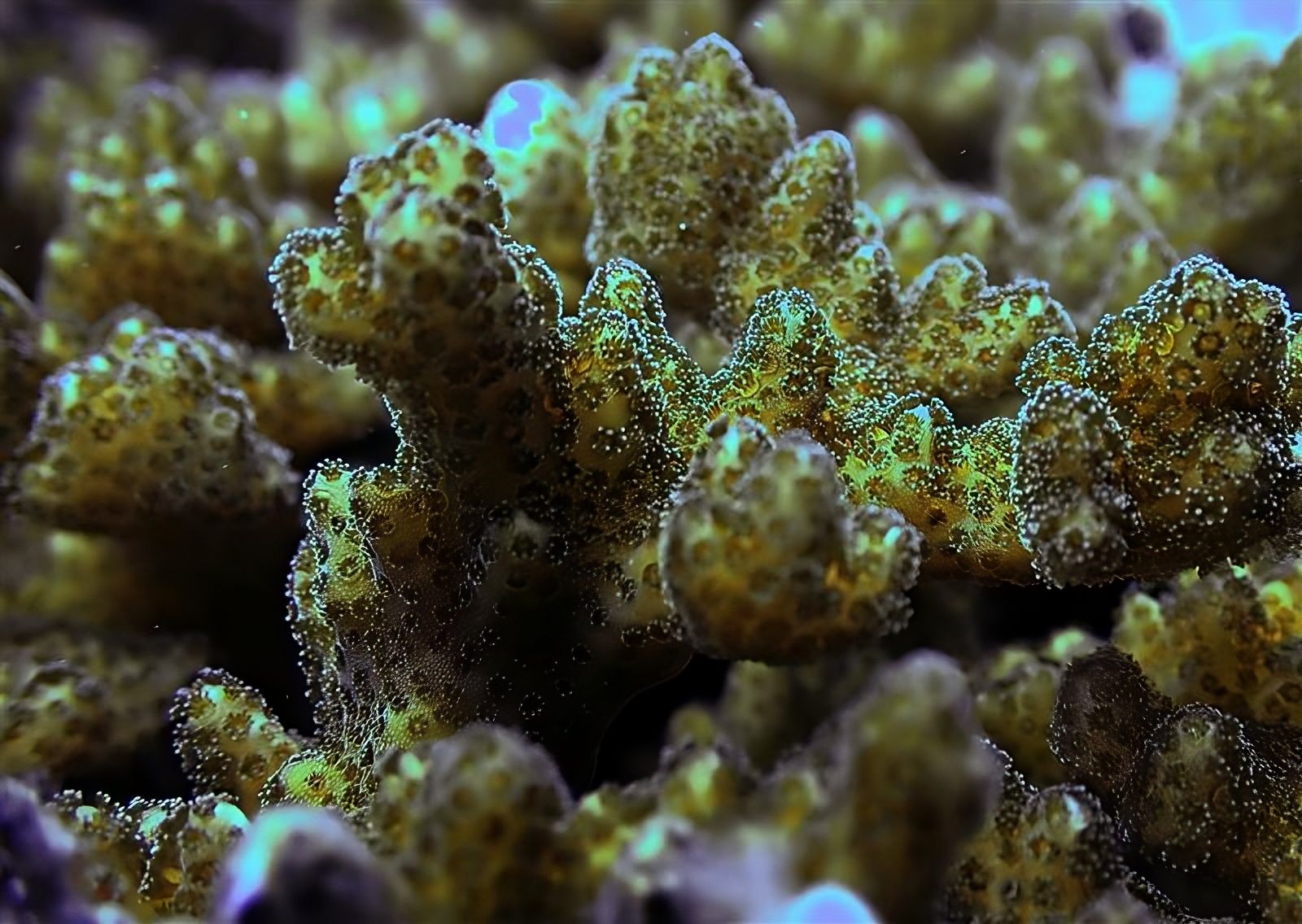Follow us on Google News (click on ☆)

Image by Victoria Glynn
Under the effects of climate change, which is warming the planet's oceans, coral reefs—ecosystems that shelter a quarter of marine biodiversity—are increasingly threatened. Stressed corals expel the algae they host, lose their characteristic colors, and become more vulnerable. As various marine species depend on coral ecosystems, the disappearance of these reefs has severe consequences.
The research team discovered that corals living in waters with frequent temperature variations withstand extreme heat better than those in more stable waters. Their resilience thus depends not only on their genes but also on their environment. The stability of the algae and bacteria inhabiting the coral also plays a role. Among these microbial allies are symbiotic algae, which provide energy, and bacteria, which regulate stress and diseases.
"By understanding what makes some corals more resistant to rising temperatures, we gain better insight into how reefs might survive climate change and where we should focus conservation efforts," explains Victoria Glynn, lead author of the study, who conducted her research as a Ph.D. student in McGill University's Department of Biology and at STRI.
The team studied coral reefs in two regions of the tropical eastern Pacific in Panama, featuring very different ocean conditions. In the Gulf of Panama, strong seasonal upwellings of cold water cause rapid fluctuations in temperature and water chemistry. In the Gulf of Chiriquí, conditions are much more stable.
To test the response of corals from each region to extreme heat, researchers collected samples and used a specialized laboratory system called the Coral Bleaching Automated Stress System (CBASS), which mimics marine heatwaves and allows observation of coral reactions to sudden stress.
They also analyzed the genetic makeup and microbiomes—communities of algae and bacteria—of each coral and monitored physiological changes in factors such as antioxidant capacity and protein content.
Greater heat tolerance in corals living in unstable waters Although largely sharing the same DNA, corals from the Gulf of Panama showed greater heat tolerance than those from the Gulf of Chiriquí.
"Minor genetic differences appear to contribute to heat tolerance, but environmental context plays a major role," notes Rowan Barrett, a biology professor at McGill University, who supervised Victoria Glynn's doctoral research project.
During lab tests, Gulf of Panama corals maintained their protein levels and resisted oxidative damage more effectively than Chiriquí corals. However, the team also found that bacterial microbiomes in corals from both sites became more unstable and variable under heat stress, indicating vulnerability to bleaching.
One of the study's most surprising findings challenges assumptions about coral-algae relationships. While many stressed corals adopt the more heat-tolerant algae Durusdinium, others retain Cladocopium algae at high temperatures. These algae provide more energy but less heat protection.
"There seems to be a trade-off between energy provision and heat resistance," adds the professor.
Implications for reef survival According to the results, corals regularly exposed to variable conditions may be "pre-adapted" to future climate extremes. This could explain the recovery of Panama Gulf reefs after the catastrophic 1982 El Niño event.
"Panama's reefs offer us a natural laboratory for studying resilience," says Sean Connolly, a research biologist at STRI, who co-supervised Glynn's doctoral work. "By studying how coral reefs adapt to their environment, we can better predict which are most threatened and which might recover."
The study The paper "The role of holobiont composition and environmental history in thermotolerance of Tropical Eastern Pacific corals," co-authored by Victoria Glynn and Rowan Barrett of McGill University, and Sean Connolly, Matthieu Leray, David Kline, and Laura Marangoni of the Smithsonian Tropical Research Institute, was published in Current Biology.
Funding was provided by the Mark and Rachel Rohr Foundation. Lead author Victoria Glynn also received a Fulbright U.S. Program fellowship and a Vanier Canada Graduate Scholarship. The Smithsonian Tropical Research Institute, NSERC, and other organizations also provided support.